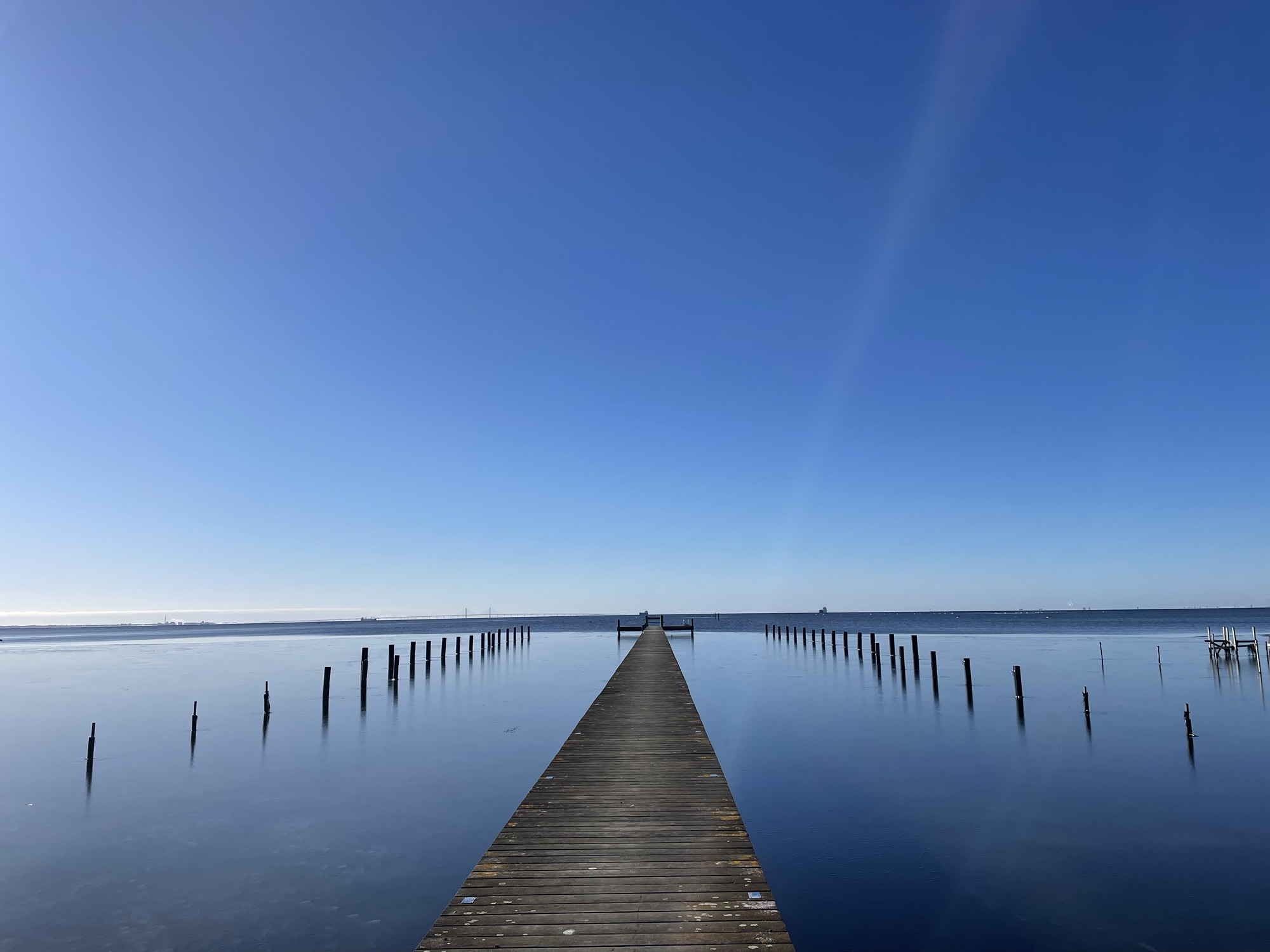
It is not up to us to complete the work, but neither are we free to desist from it
I now finished reading Venet (2024)’s “Becoming an Everyday Changemaker: Healing and Justice in School” (where I understood that “the process is the point“, and where then helpful tools like “Vent diagrams” were introduced). Now, reading the third part of the book felt so empowering. The Talmud quote that I modified for this post’s title, “It is not up to you to complete the work, but neither are you free to desist from it”, feels like such a helpful way to approach the challenges we are currently facing, but even more so the unknown ones that we will face in the future. I really liked the emphasis on how finding our strengths is also about finding the appropriate level of risk we can take: “a fired teacher can’t do classroom work”. And neither can a burnt-out activist do activism. We cannot do the work alone, but we can, and have to, contribute.
Before I get into what I read, I will take the opportunity to think back on the importance of slowing down discussed in part 2, and share some pictures from a recent ice dip with you. Mental health breaks are essential for me to recover and build resilience to keep going. And the weather was beautiful!
I love ice, and especially ice in the sun! It makes me so happy and I can feel how my body and mind are recharging and healing.
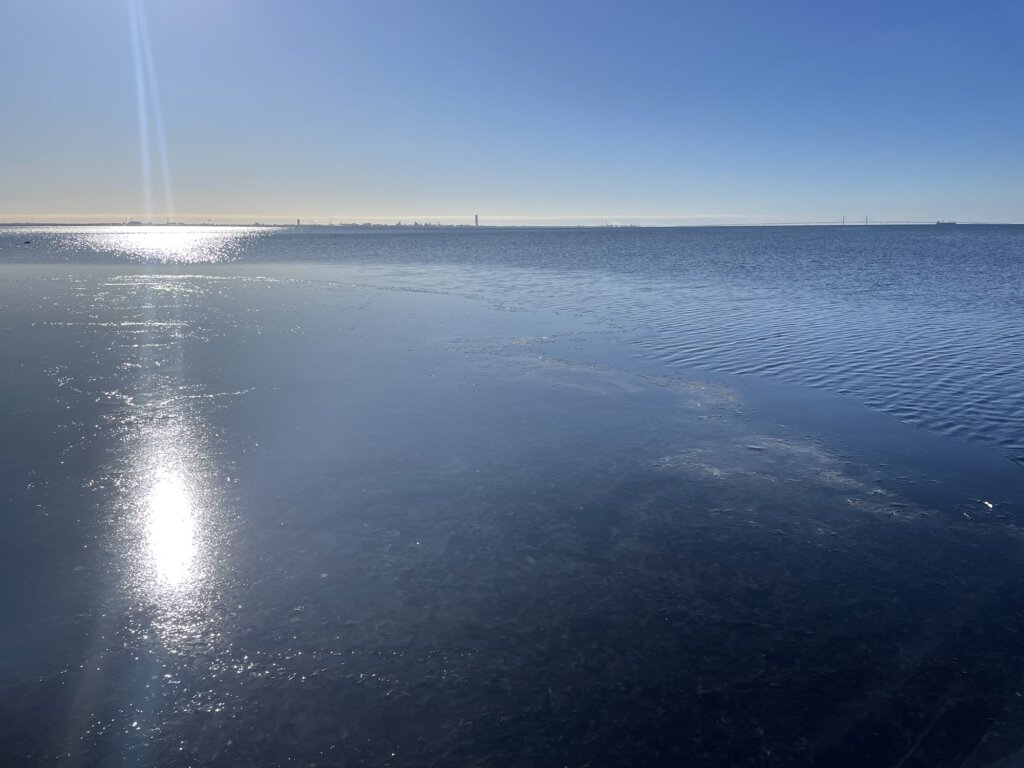
Looking down onto a partly ice-covered water surface, it’s fun to see how some holes in the ice are so small that no wind waves can develop, and then you see the ripples in the sand underneath (in the centre of the picture below). But on larger ice-free areas, there are waves, and then the sunlight pattern shaped by the surface waves on the sea floor, and they really disguise the sand ripples!
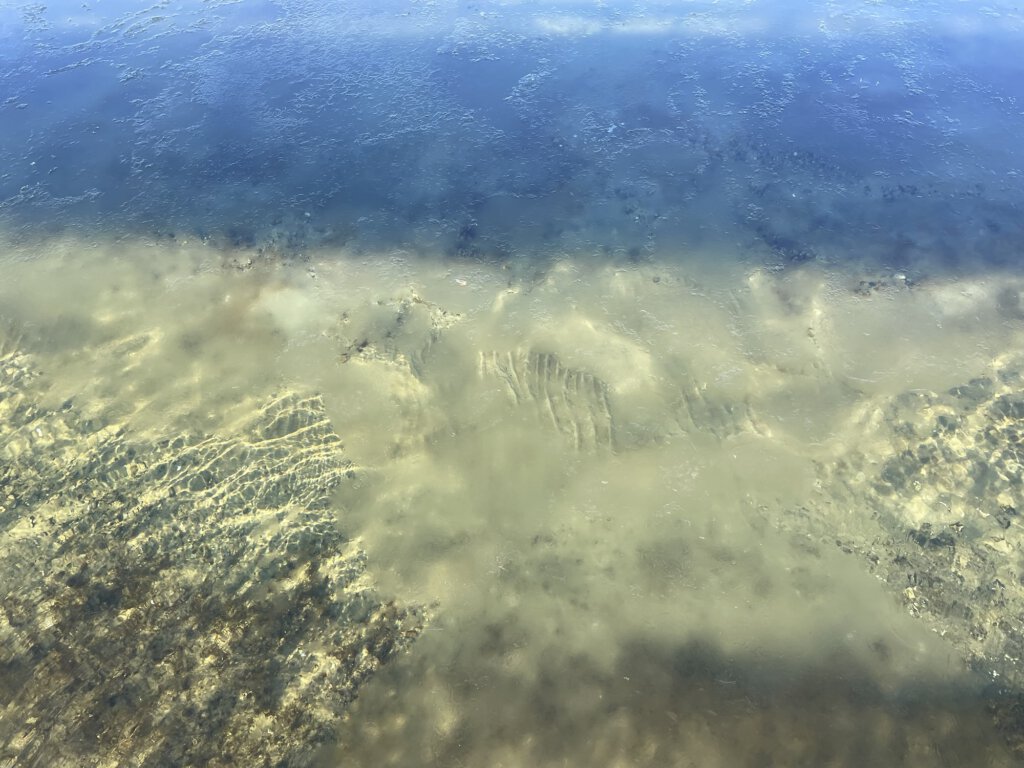
And here we are in the water at the ice edge! Love the combination of looking above and on the surface, and into the water!
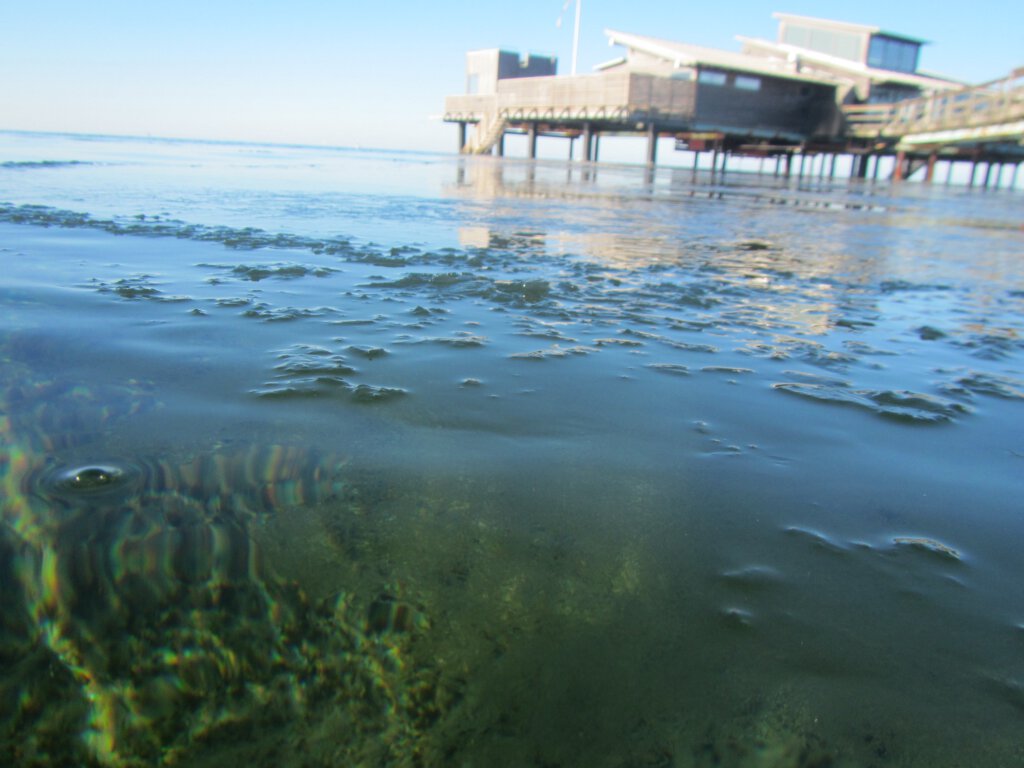
One more, because it looks awesome! Do you see the slush starting where the surface becomes opaque?

And an under-ice picture! The ice is so thin that there is still plenty of light underneath.
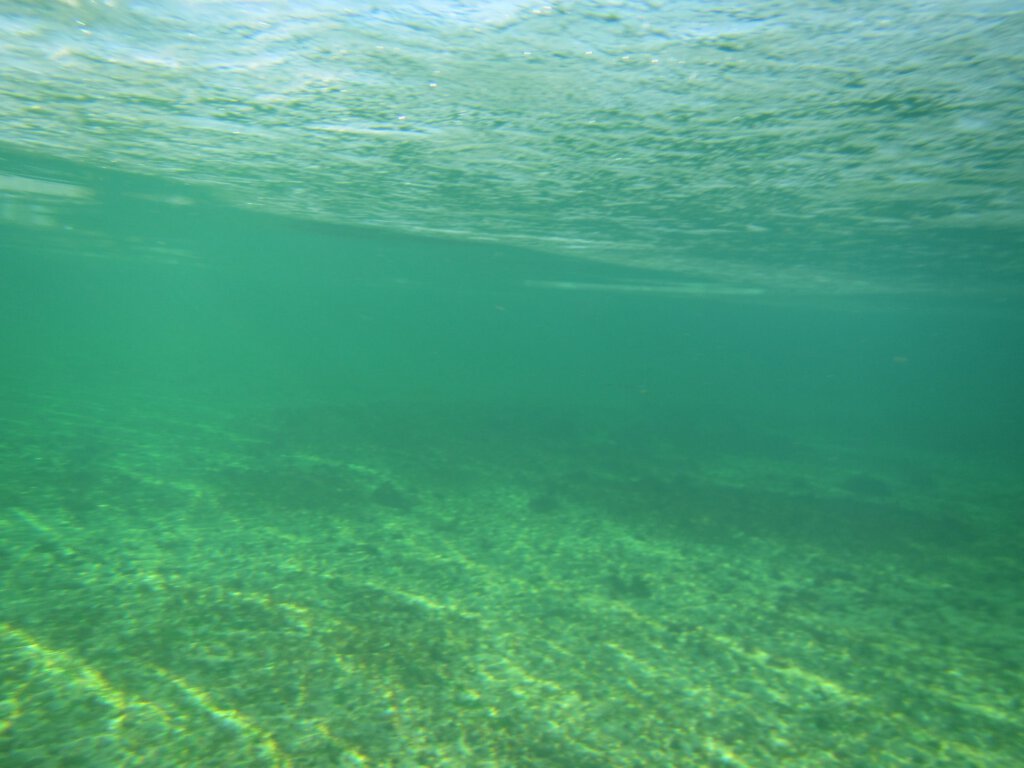
Under-ice picture with reflection of the sea floor in the open water surface (top of the image). I have no idea if it is possible to recognise what is going on here just from the picture, but I think it is so amazing!
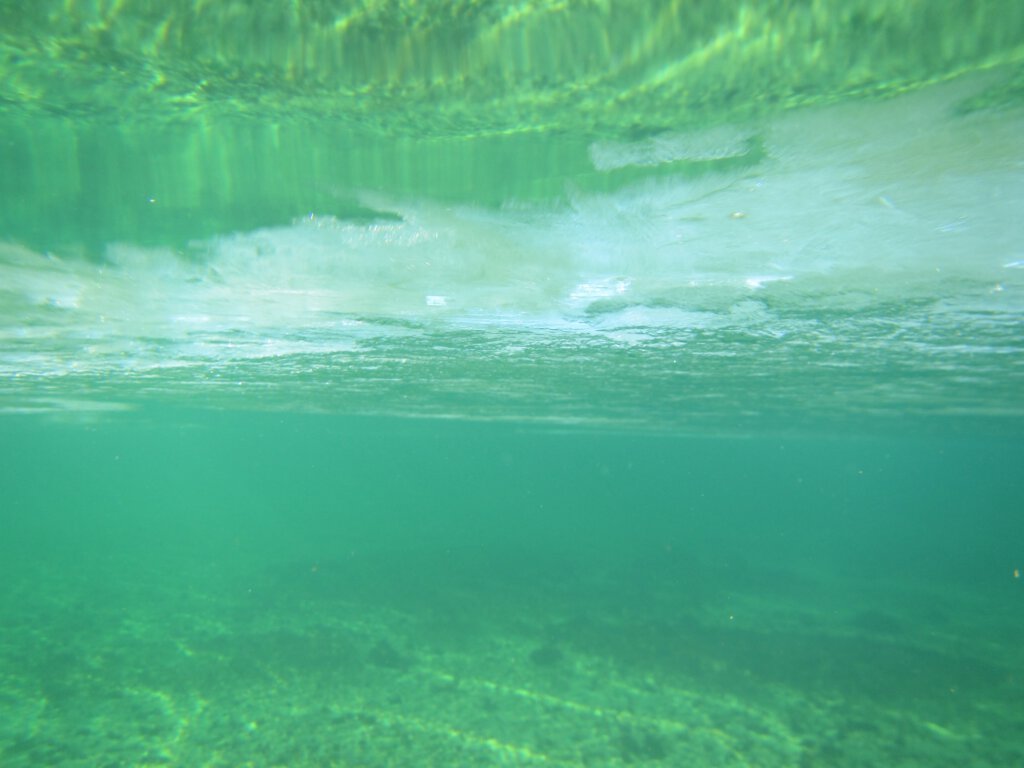
And last one: close-up of the ice edge and looking down into the water. And then it seemed like a good idea to come out of the water again…
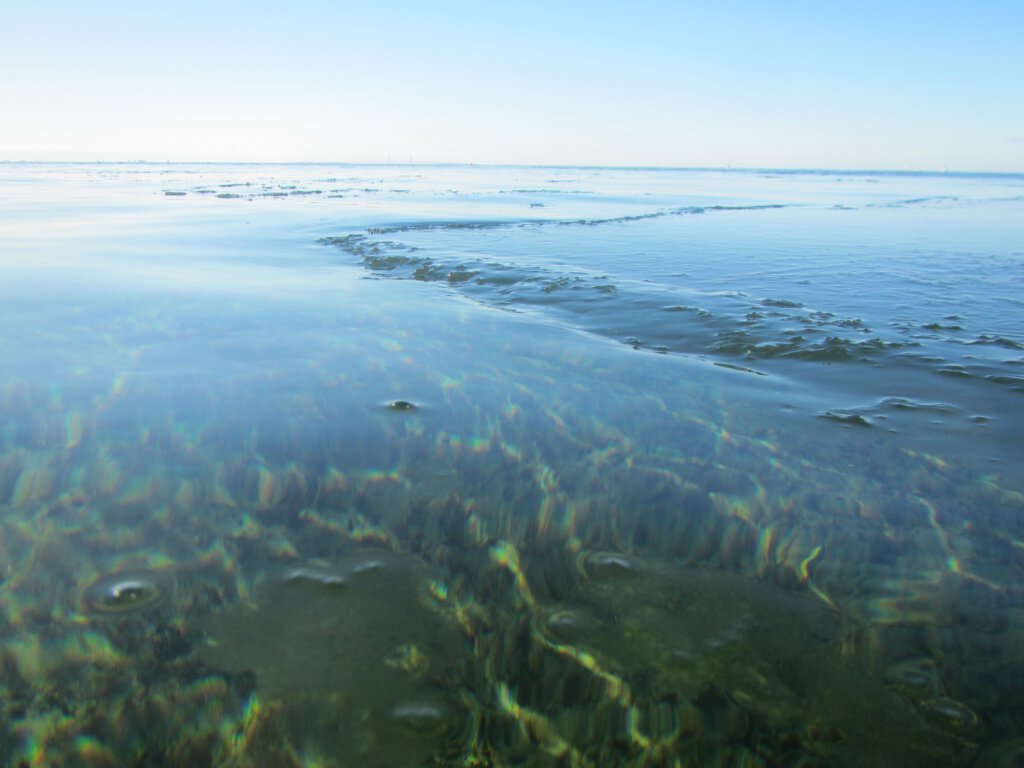
But on to part 3 of “Becoming an Everyday Changemaker”!
One thing that stood out to me from reading this last part of the book is that while we cannot predict what challenges we will be facing, we can build relationships of care and already set up systems that will help us be more resilient. And here Venet offers some helpful and concrete examples:
- a “rose and thorns” morning circle, which is basically a check-in with just the best and worst thing that has happened that day
- a “harbour day” (where all ships are in port on the same day), to “make and mend”. This is a scheduled day where everybody takes that day to catch up on things that need to be done (“make”), or revisit previous work (“mend”), and since everybody is doing it on the same day, we can share labour and resources doing it. Venet talkes about this mostly as a day for students, but how great would it be if we had such a day for ourselves, too? (In a way that is the new “rest” day that we have built into what used to be a Monday to Friday, 5-day intensive course, that has now become a Mon+Tue, rest day, Thu+Fr+Tue intensive course, with the “rest day” really being a harbour day in the sense that it is a day to reflect on what happened, work on preparing the next days, and connect with each other. I will start calling it the harbour day!) But also building harbour days into our work schedule more generally sounds like such a good idea!
- a “tap in, tap out” channel, where we can just say that now we need help and any of our peers can jump in and support us. This would be so helpful even for non-critical things like “the projector in my classroom isn’t working, can someone please bring me a portable one while I continue teaching”, or “I have a student who needs special attention right now, can some please come and talk to them while I continue working with the rest of the class”, and would take so much pressure off to know that there is a network of people standing by for whenever any of them needs anything.
If these routines are already built into our day or our year, if we are already building trust by talking to each other even when the “thorns” are just about having run out of milk for breakfast, or having missed a bus, we can then more easily talk about the bigger thorns or the trauma that might happen, when it happens. We already have the time, the routines, the norms all ready to go, and importantly also the trust built, so we are prepared for when we need them. I can relate to this so much, also based on the experience of working with Steven and Terese on the “Initiative Teaching for Sustainability”: We have created many similar structures already, more or less by accident!
But going forward, we can think about what structures to build and how by considering four core needs that Venet describes:
- Predictability (for example the morning meetings or harbour days; in our concrete routines the Wednesday working group where we meet up to “make and mend”, and Transformation Thursday lunches, where we are available to teachers that want to meet up and talk to us about Teaching for Sustainability)
- Flexibility (when meetings can expand to contain whatever comes up, or formats like a Harbour Day can be added when needed because everybody already knows how they work)
- Connection (we check in with each other almost every day in a shared chat)
- Empowerment (through conversations and shared learning)
Then, there was a small idea that I just loved, a reflection prompt that I plan to use in workshops I run in the future: “I used to think that ______. Now I think that ________.”
And one quote that resonated with me so much, because I think it is how many of us feel when it comes to teaching for sustainability, and which is definitely behind me obsessively reading and reading and reading when I should probably be resting and sleeping: “It can feel like, if only I can find the right approach, I’ll know what to do. But sometimes there is no finding, there is only being.” (p 251f) Sometimes we have to just be in the moment, do the best we can to move in the right direction. Apparently, there is a term for “to travel purposefully towards a vague destination”, and that is “coddiwomple”!
The book ends with a call to action: Let’s begin!
- Begin with a vision!
- Begin with relationships!
- Begin where you are!
It is not up to us to complete the work, but neither are we free to desist from it! The process is the point.
Venet, A. S. (2024). Becoming an Everyday Changemaker: Healing and Justice at School. Taylor & Francis. (online access for LU!)